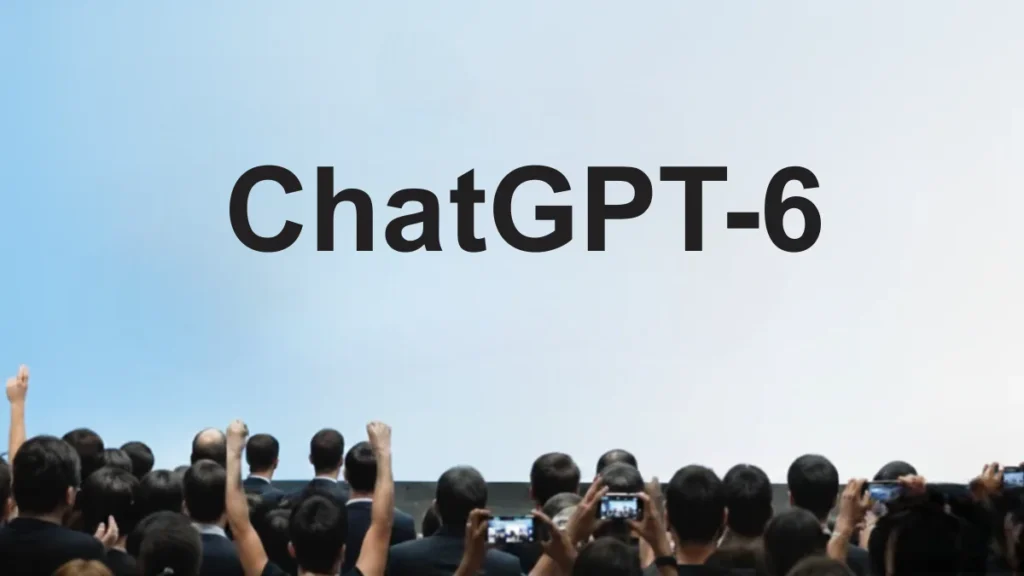OpenAI just dropped Sora 2, a video model so advanced it blurs the line between simulation and reality. But the real shock? Sam Altman confirmed ChatGPT-6, a next-generation AI that remembers who you are — a fundamental step toward personalized, human-like intelligence.
Key Takeaways
- GPT-6 introduces persistent memory — AI that remembers your preferences, tone, and routines.
- Sora 2’s world simulation marks a new era for AI video realism.
- GPT-5 backlash reveals why OpenAI is accelerating GPT-6’s timeline.
- OpenAI’s rumored screen-free AI device could redefine human-AI interaction.
- Memory-enabled AI raises major privacy and ethical questions.
Sora 2 Is Here — and It’s a Leap Beyond Video Generation
OpenAI’s Sora 2 isn’t just an upgrade; it’s what experts are calling the “GPT-3.5 moment for video.” The model simulates physics, lighting, and real-world behavior with uncanny accuracy — even capturing the bounce of a basketball or the way wind moves through hair.
This leap isn’t just about prettier visuals. It’s about AI understanding the physical world at a level that was once science fiction.
If Sora 1 could generate short clips, Sora 2 can generate worlds.
ChatGPT-6: The Model That Will Remember You
While the world was still processing Sora 2, Sam Altman dropped another bombshell — GPT-6 is already in active development, and it’s coming sooner than expected.
Altman revealed that users don’t just want smarter chatbots — they want AI that understands them personally. GPT-6 aims to do exactly that with a breakthrough feature: persistent memory.
What That Means:
- Your AI won’t start from zero each time.
- It will remember your projects, tone, and preferences.
- It could predict what you need before you ask.
Imagine having an assistant who never forgets a deadline, tone, or client detail. That’s the promise of GPT-6.
Why GPT-5 Failed — and Why GPT-6 Must Deliver
When GPT-5 launched, many users were disappointed. Threads titled “GPT-5 is horrible” flooded Reddit, with users complaining it felt “cold and robotic.” Businesses reported productivity drops, and creators said it lost the nuance GPT-4 had mastered.
But this backlash wasn’t just about tone — it exposed AI’s core limitation: memory.
Each chat resets context. Every project starts over. That’s the flaw GPT-6 is built to fix. By introducing memory, OpenAI aims to create a continuous relationship between you and your AI.
The Screen-Free AI Device: OpenAI’s Next Big Bet
Here’s where things get cinematic. Leaks suggest OpenAI is collaborating with Apple’s legendary designer Jony Ive to build a screen-free AI companion — a pocket-sized device powered by GPT-6.
What Makes It Revolutionary:
- Context-Aware — understands your location, activity, and emotional tone.
- Voice-First — no screen, just fluid human-like conversation.
- Personalized Memory — adapts to you over time, like a digital twin.
If true, this would mark the dawn of ambient computing — AI that’s always present but never intrusive. Think Siri meets intuition.
Privacy and the Psychological Edge
But this “AI that remembers you” comes with a dark twist.
If GPT-6 stores emotional patterns, decisions, and daily routines, who controls that memory?
Persistent AI memory could create psychological dependency, reinforcing our biases or manipulating our behavior subtly over time.
Still, for creators, entrepreneurs, and everyday users, the productivity upside is huge. Personalized AI could become your ultimate collaborator — one that knows your brand, your workflow, and your emotional state.
Behind the Scenes: Power, Cost, and Scalability
Running GPT-6 at scale will be staggeringly expensive. Industry insiders estimate each memory-enabled session could cost up to 100× more compute power than GPT-4.
That’s why OpenAI is partnering with Microsoft’s Azure AI and investing billions in next-gen data centers like Project Stargate.
To stay sustainable, OpenAI may adopt a tiered pricing model — think GPT-6 Pro, GPT-6, and GPT-6 Mini — just like smartphone chip tiers (i7, i5, i3).
This move signals the maturity phase of AI — less about wild leaps, more about reliability, personalization, and experience.
The Bigger Picture: Toward “Ambient Intelligence”
OpenAI isn’t just building models — it’s building an ecosystem.
From Sora 2’s hyperrealistic video generation to GPT-6’s personalized intelligence, OpenAI wants to own the entire AI experience stack.
If they succeed, GPT-6 could mark the beginning of a new computing era — where your AI companion understands you as deeply as your best friend.
Conclusion: The Age of Memory AI
Sora 2 showed us how AI sees the world. GPT-6 will show us how AI understands us.
This leap toward memory-enabled intelligence is both thrilling and terrifying — a mirror reflecting humanity’s digital soul.
As Altman put it, “What people want from us eventually is an AI companion.”
The only question is — are we ready for one that remembers everything?
